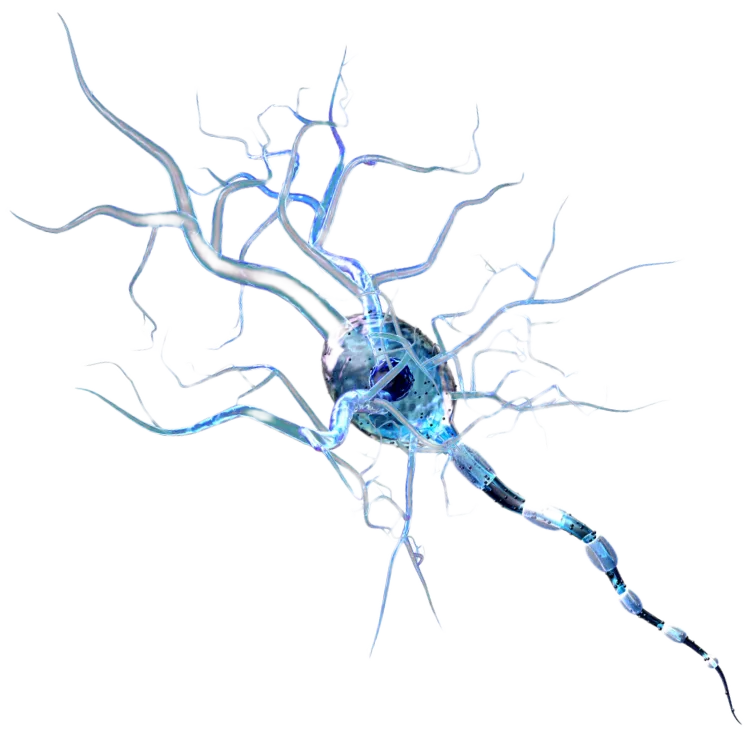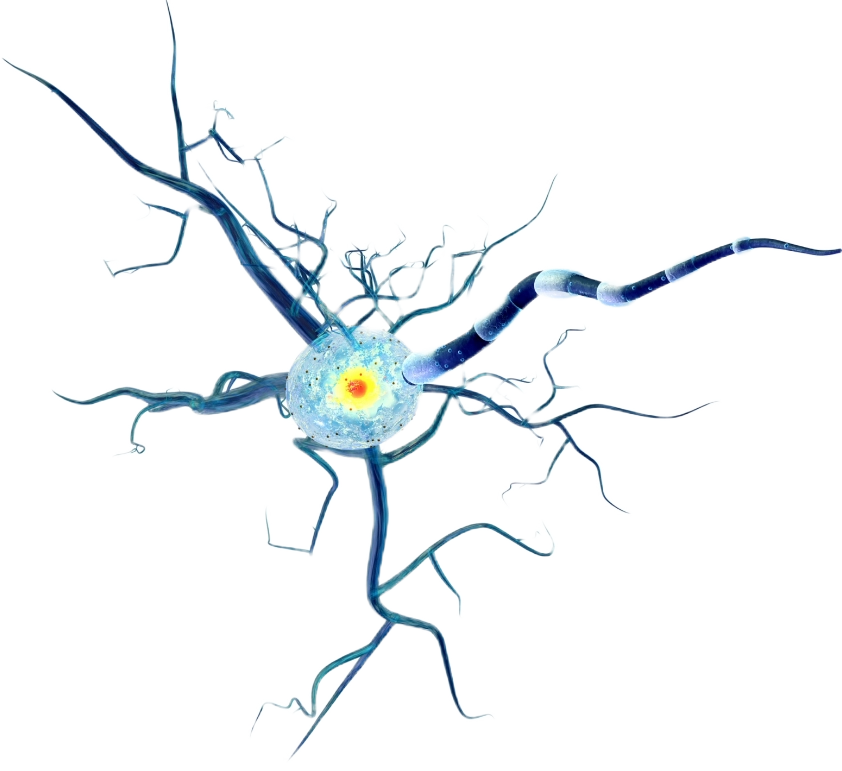Tau/pTau
The Critical Role of Tau and Phospho-Tau in Neurodegenerative Disease Biomarkers
The ongoing quest for early detection methods in neurodegenerative diseases has spotlighted tau and phosphorylated tau (p-tau) as pivotal biomarkers, especially in Alzheimer's Disease (AD). Tau pathology is intrinsically linked to neurofibrillary tangles, one of the hallmark features of AD, and the presence of p-tau in cerebrospinal fluid and plasma is increasingly recognized for its predictive value in detecting the earliest stages of the disease. These biomarkers facilitate not only earlier diagnosis but also more accurate monitoring, making them invaluable tools in the development of targeted therapies. As research advances, the role of tau and p-tau is expanding beyond AD to other tauopathies, offering insights into common pathological pathways and broadening the scope of clinical applications.
The Urgent Need for Early Alzheimer's Detection
Traditional diagnostic methods for Alzheimer’s have relied heavily on clinical symptoms, which often manifest only after substantial neuronal damage has already occurred. This delay limits the effectiveness of interventions, emphasizing the urgent need for early detection strategies. By identifying individuals in the preclinical or prodromal stages, when interventions may be most effective, we can potentially slow or even halt disease progression.
The Urgent Need for Early Alzheimer's Detection
Introducing Phosphorylated Tau (p-Tau) as a Key Indicator
Phosphorylated tau (p-tau) has emerged as a promising biomarker for AD due to its strong correlation with the underlying disease pathology and its increasing availability in easily accessible biofluids like blood. Unlike total tau, which can be elevated in various neurological conditions, certain p-tau isoforms show greater specificity for AD, offering a more accurate diagnostic tool.
Tau Protein: Its Normal Function in the Central Nervous System
Tau is a microtubule-associated protein that plays a crucial role in maintaining the structural integrity and stability of neuronal axons. It acts like a scaffold, supporting the intricate network of microtubules that transport essential molecules and nutrients throughout the neuron. In healthy neurons, tau is regulated and helps ensure efficient neuronal communication.
The Process of Tau Phosphorylation
In neurodegenerative diseases like AD, tau undergoes abnormal hyperphosphorylation, a process where phosphate groups are excessively added to the protein. This alters tau's structure and function, causing it to detach from microtubules and clump together, forming neurofibrillary tangles (NFTs). This disrupts axonal transport and ultimately leads to neuronal dysfunction and death.
Tau Pathology in Alzheimer's Disease
The accumulation of NFTs, a hallmark of AD, is strongly correlated with cognitive decline and disease severity. The formation of these tangles disrupts neuronal communication and contributes to the widespread neurodegeneration observed in AD.
The Spectrum of Tau Abnormalities
Tau exists in various isoforms, each with a specific number of binding domains. The ratio of these isoforms can shift in AD, with some isoforms becoming more prone to phosphorylation and aggregation. Understanding these changes in tau isoforms is crucial for developing targeted diagnostic and therapeutic strategies.
Key p-Tau Biomarkers and Their Significance
Several p-tau isoforms, including p-tau181, p-tau217, and p-tau231, have been identified as specific biomarkers for AD. P-tau217, in particular, has shown remarkable accuracy in differentiating AD from other neurodegenerative conditions.
The Revolution in Accessibility: From CSF to Blood-Based Biomarkers
Historically, CSF has been the primary source for measuring tau biomarkers. However, obtaining CSF requires a lumbar puncture, an invasive procedure that limits its widespread use. The invasive nature of lumbar punctures and the associated discomfort and potential risks pose significant barriers to widespread screening and monitoring. This has driven the search for less invasive alternatives such as:
Blood-Based Assays
Advancements in Analytical Platforms
Comparing Serum and Plasma p-Tau
Highly sensitive blood-based assays
*More accessible and convenient diagnostic approach
Enabling Ultra-Sensitive Analytical Detection
*Enabling the quantification of extremely low concentrations of p-tau (e.g. Simoa assays)
Comparing Serum and Plasma p-Tau
*Standardizing the measurement of p-tau in both serum and plasma to ensure consistency and reliability










